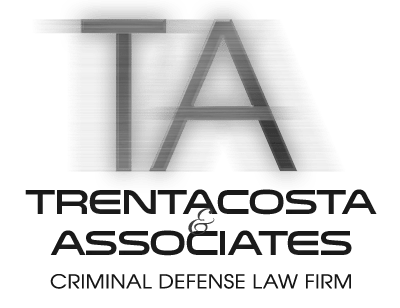An ignition interlock device (IID) is similar to a breathalyzer, however an IID is connected to the vehicle dashboard or other location inside the vehicle and requires that a driver breath into the device prior to starting the vehicle.
If the ignition interlock device detects the blood alcohol concentration of the diver to be above the programmed limit in the ignition interlock device, then the engine of the vehicle will not start.
How Does it Work?
- The driver blows into the mouthpiece.
- The fuel cell inside the ignition interlock device analyzes the blood alcohol concentration (BAC) .
- If the BAC is above the pre-determined limit, the fuel cell triggers a relay to stay open and the car will not start.
- If the BAC is within the pre-determined limit, the fuel cell triggers a relay to close and the car will start.
Restricted Driver Licenses
When a driver has a license suspended for a DUI, the court may allow the driver to use a restricted driver’s license after a certain amount of their suspension has been served. In most cases a restricted driver’s license will allow the driver to drive to and from a place of employment, school, drug or alcohol treatment and other destinations defined by the court.
After a predetermined time (set by state law or the court), the driver can apply for a restricted driver license. In many states a restricted license may only be issued if the driver in questions installs a certified Ignition Interlock Device (IID).
Driver License Reinstatement
In many states a driver that has been convicted of a second, third or subsequent DUI may be required to install an IID as a prerequisite to driver license reinstatement. In other states, the driver may not be allowed license reinstatement without first installing an IID for a length of time determined by state law.
Like all DUI laws, the IID requirements differ from state to state and not every state requires their use. Since 2009 more and more states are requiring IIDs for both restricted licenses and driver license reinstatement.
Can a Driver “Trick” the IID?
IID systems meet strict government requirements and are designed with security and safety in mind. Even if a driver is able to circumvent an ignition interlock system, the penalties for this are severe and trickery will only serve to make a bad situation worse. Keep in mind that all events on an ignition interlock system are recorded and a “rolling retest” is required periodically.
Isn’t a “Rolling Retest” Dangerous?
During the “rolling-retest” the driver is allowed ample time to pull over to the side of the road or leave the roadway to do the rolling-retest safely. If the driver fails the rolling-retest, the IID will record the event and will not, in any case shut the engine off as this would cause a safety issue.
Who Pays for the IID and How Much Does It Cost?
In almost all cases the driver who has been convicted of a DUI/DWI pays for the installation and lease of the ignition interlock system. Prices vary across the United States for the installation and lease of an ignition interlock system. You can expect to pay up to $100 for installation and between $50-$100 per month for the lease. This is a rough estimate and your price may be higher or lower depending on your geographic location.

